You are here
Please respect the outdoors by practicing Leave No Trace. Learn more about how to apply the principles of Leave No Trace on your next outdoor adventure here.
Anza-Borrego Desert State Park
Yosemite + Central Sierra, California
San Elijo Lagoon Ecological Reserve
Cuyamaca Rancho State Park
Santa Barbara + Sierra Madre/San Rafael Mountains, California
Western Sonoran + Colorado Desert, California
Mojave Desert, California
Mojave National Preserve

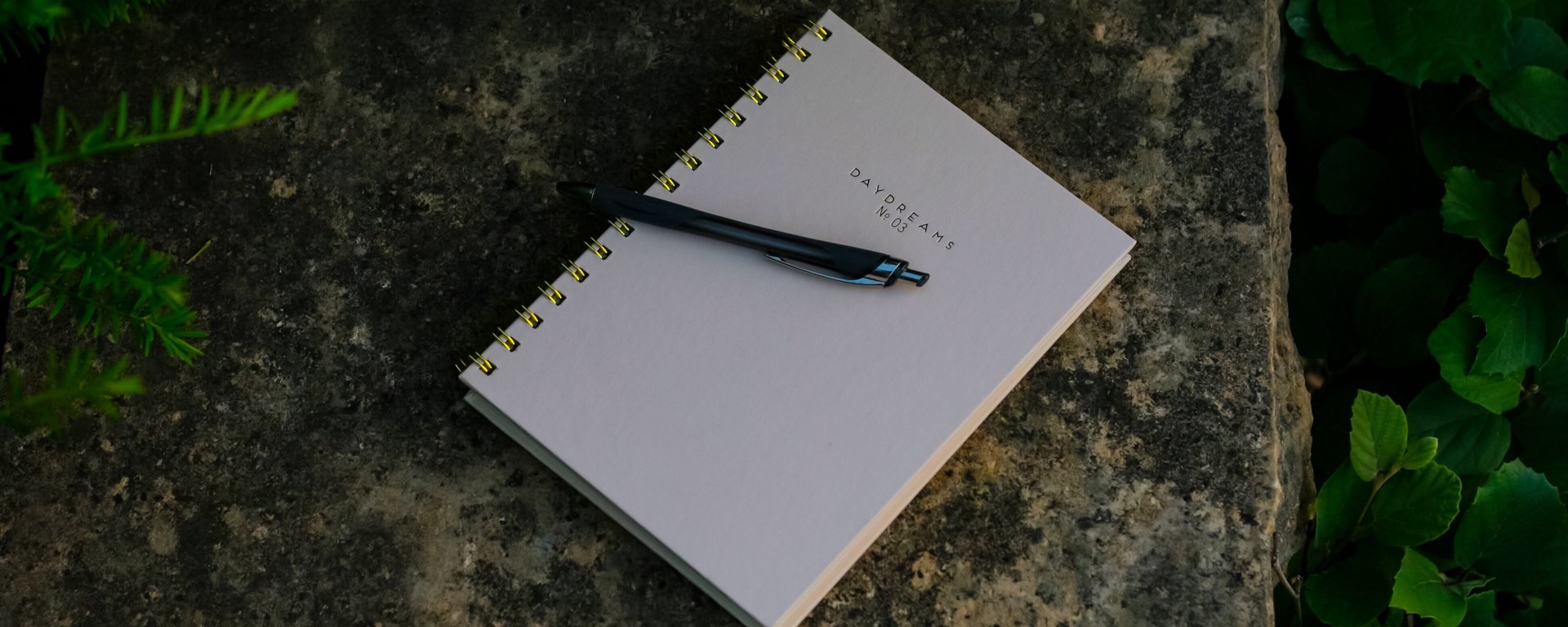
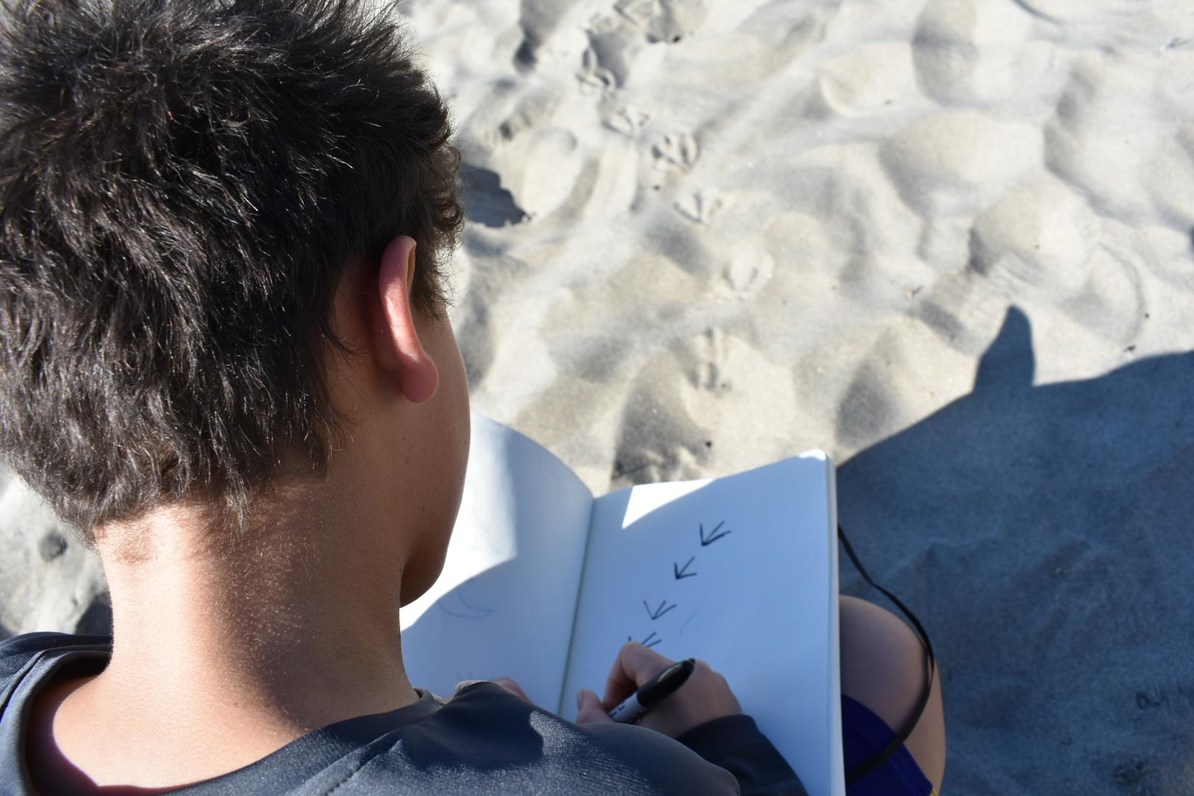
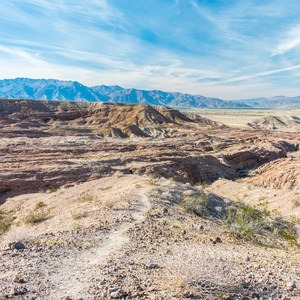
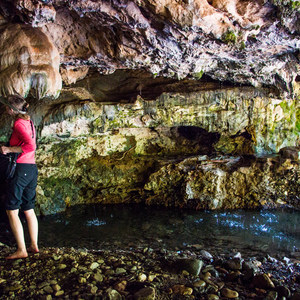
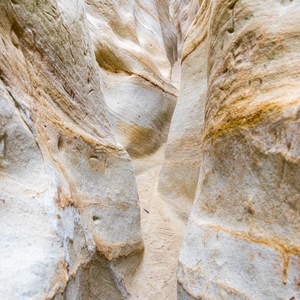
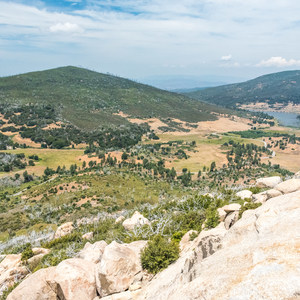
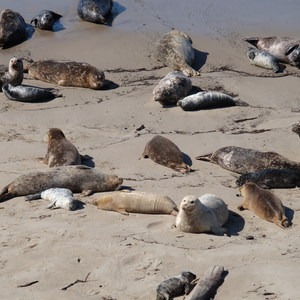
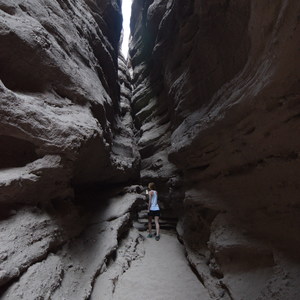
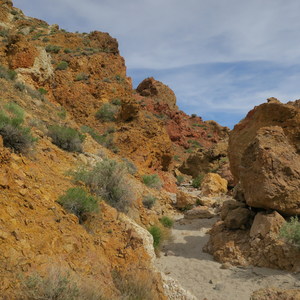
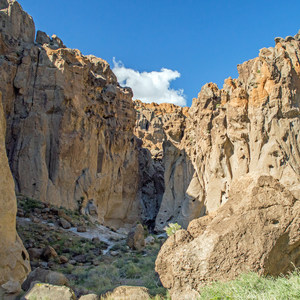



Comments
[link=https://translate.google.com/]anchor[/link]
<a href="https://translate.google.com/">anchor</a>
[url=https://translate.google.com/]anchor[/url]
[anchor](https://www.outdoorproject.com/comment/6696/edit)
Sign In and share them.